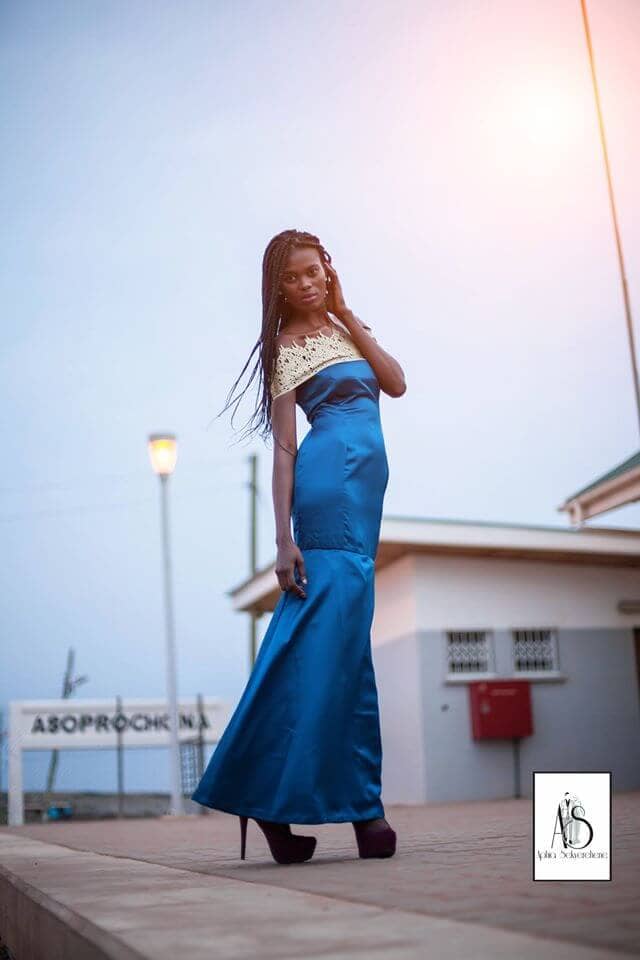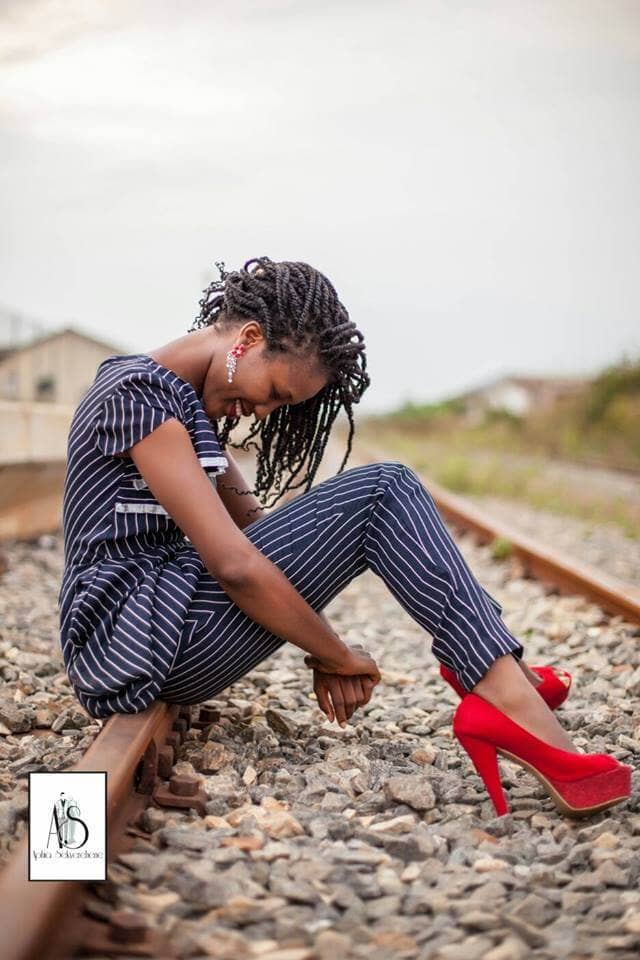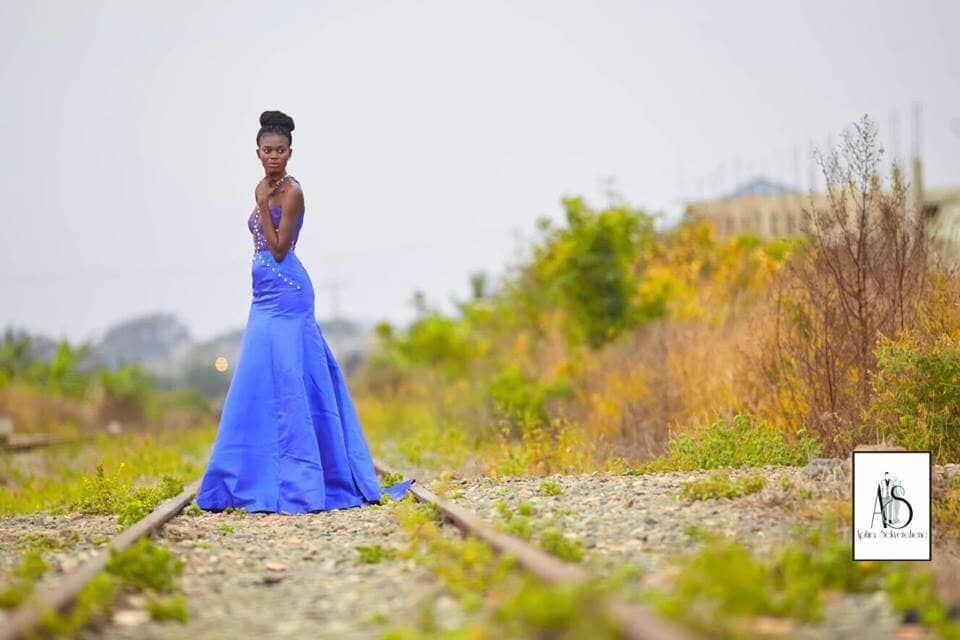Aphia Sekyerehene is an emerging fashion designer, choreographer, singer and event decorator who discovered her passion for fashion at age 14. However, she could not fully pursue her passion until her 20s. Even now after going through design school and establishing her brand, Aphia still feels unsatisfied. She believes that starting her career later in life has deprived her of opportunities she would have had if she had started at 14. Aphia shares with SLA her experience in fashion design and developments in the industry.
Why do you think you would have gained more grounds in the fashion industry if you had started at age 14?
Having an early start in a career offers you ample time and opportunity to try your hands on the various aspects of the job. This means more time to delve into related options and more time for trial and error. Starting at age 14 would have given me more experience and variety to explore but now, I have to first build a brand before I can try my hands on other options.
What prevented you from pursuing your passion after your discovery?
I would say lack of funds. This is because fashion designing is more of a practical course than theoretical. So you need to get materials needed for the course and this was something my family could not afford at the time.
In order to keep my passion alive, I came up with alternative methods like connecting with fashion designers across the world through online forums.
Were there any setbacks when you finally got into the industry?
Yes! Raising capital was one of my major setbacks. I am glad I have crossed that hurdle. Now, I am very excited to achieve more and more.

Now that you have acquired a certificate in Fashion Designing, do have plans of furthering your education?
Yes! Certainly! There is so much more to see, learn and explore. I will never limit myself to just the basics. I have to expand my knowledge. I am looking forward to acquiring a Master’s Degree in Fashion or any other course which will add value to my work.
I am hoping to get into the Parsons School of Design in New York.
How does your designing process work? What are you currently working on?
Every project I work on has its own procedures. But usually I sketch ideas as they come and do clone drafts before the actual design. Some projects take just a day to figure out, others are time consuming. The latter requires a lot of inspiration which I get from the various colours that surround me.
I am currently working on my summer collection. It is a hip, fun, free, colourful, light, stylish and original for every woman. This collection depicts the African culture in a creative way. It will be out in July.
What part of your job do you find most challenging and how do you tackle it?
Working with indecisive clients is very stressful. I tackled this challenge by coming up with a very detailed order sheet that allows clients to vividly explain what they want. This way, we get a win-win situation.

In one word, define your work.
Unique.
Who is your target audience?
My main target is the woman who is not afraid to stand out in her own unique self. My designs require my breaking free from the usual expectation so I target those women who stay true to their nature and are non–conformists. Having a target group also creates a niche for you, making your brand easier to handle and be identified.

Which African fashion designers do you admire the most?
For one there’s Christie Brown, I admire her abstract, sophisticated and classy designs. Then there’s Pistis, her beading creates exceptional masterpieces. I also admire Oswald Boateng, his eye for clean cut is evident in his designs.
I would love to work with Christie Brown. She is sophisticated and transfers that attribute into her work. She has a way of blending totally different styles into an admirable design. Her designs are modern yet traditional; contemporary yet antiques. This is something I will love to learn.
What developments on the horizon could positively affect future opportunities for fashion designs?
For an African designer, I would say the removal of cross-country trade barrier laws could be an opportunity. Though this would introduce more competition in the fashion market, it would also provide designers with the chance to diversify and expand their market.
If you were to design an outfit for an African celebrity, who would it be and what would you make?
I will love to design a fitted floor length backless lace gown with long sleeves and beading for Nigerian actress Genevieve Nnaji. Genevieve has an hourglass figure and a high front neckline fitted floor length dress will compliment her figure perfectly. The backless part will give her a sexy touch and an opportunity to show her amazing skin tone.

Interesting Interview….. Well said!!!
Thank you.